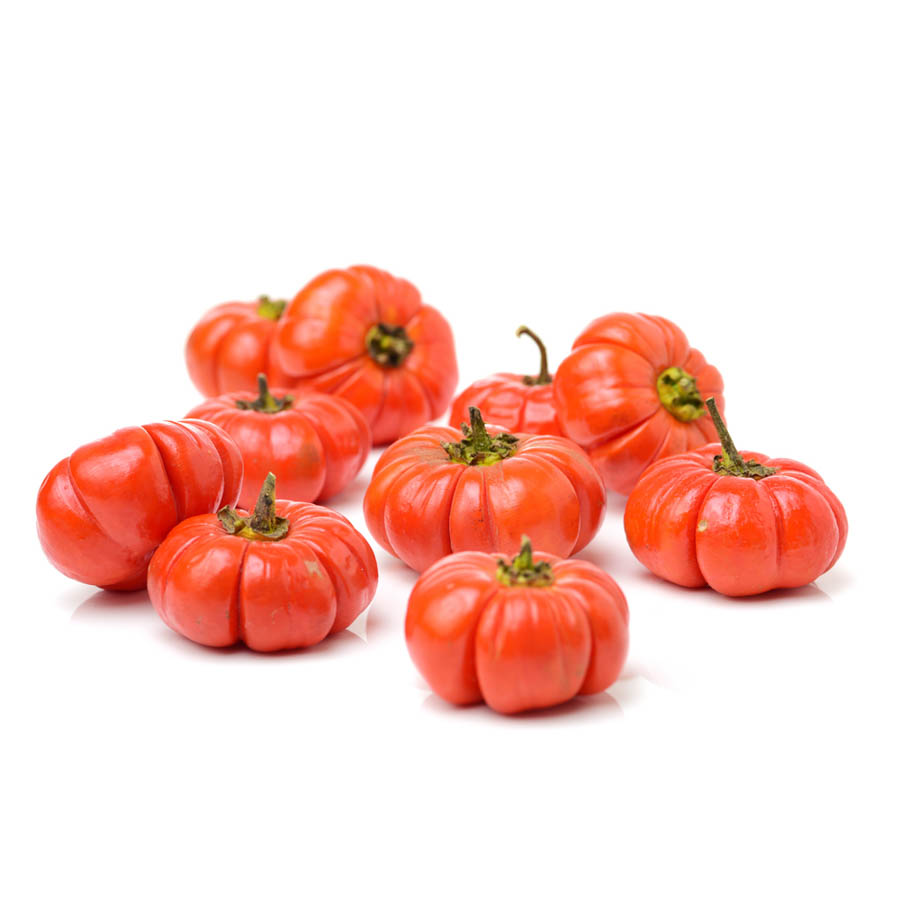Growing Fall Decorations: Pumpkin On a Stick Ornamental Eggplant

GardenZeus earns commissions on sales made through links in this article. There is no additional cost to you.
It is not yet summer, but gardeners who want to grow their own fall decorations should plan now. Pumpkin on a Stick Ornamental Eggplant is an heirloom plant with flat, ribbed orange to red fruits that look like —easy guess here– small pumpkins. These eggplants can be eaten fresh and used in Asian stir fries and curries. When harvested and not eaten, they make spectacular additions to fall floral arrangements.
GardenZeus generally recommends purchasing eggplant starts due to their slow and inconsistent germination. When growing unusual varieties unlikely to be found in the typical garden center, gardeners typically have no choice but to grow from seed.
Plant seeds 1/4 inch deep in flats or cell-type containers. Keep soil warm until seedlings emerge. Eggplants seedlings germinate best between 80° and 90° F. Beginning gardeners and gardeners in cooler climates should use a heating mat to ensure successful germination. Harden off eggplants before transplanting outside. Ideal eggplant transplants have thick stems with no few than 3 true leaves.
Eggplants prefer fertile, well-drained, slightly acidic soil that is high in organic matter, but tolerate a broader range of soil types, with a soil pH of 5.5 to 6.5.
Eggplants grow best in sandy loam. They are also heavy feeders; do not grow eggplants or other Solanums in in the same location from year to year.
High and low temperatures negatively affect eggplant production. The optimal temperature range for eggplants is 80° to 90° F during the day and 70° F at night. Pollination and slow plant growth result when temperatures are above 95° F or below 62° F. Eggplants do not tolerate frost.
Eggplants have moderate moisture needs. Water deeply once or twice per week, supplying 1 to 2 inches of water per week. Do not allow soil to become dry. If eggplant leaves begin to curl or wilt, increase watering.
Timing: eggplant seedlings emerge in 7 to 10 days; eggplants fruits are ready to harvest approximately 75 days after germination depending on growing conditions. Gardeners growing this eggplant variety for fall decorations should plant seeds no later than early June.
To grow this eggplant as an addition to fresh floral arrangements: allow the eggplants fruits to ripen; cut stems near the base of the plant. Remove leaves.
To grow this eggplant as an addition to dried floral arrangements: allow eggplant fruits to ripen; cut stems near the base of the plant. Remove leaves. Dry eggplant stems with fruits upside-down in cool location.
GardenZeus has customized growing information by plant and zip code. To get started, enter your zip code here.
Other articles of interest:
Eggplant Varieties: A Guide to Their Growing Characteristics and Uses